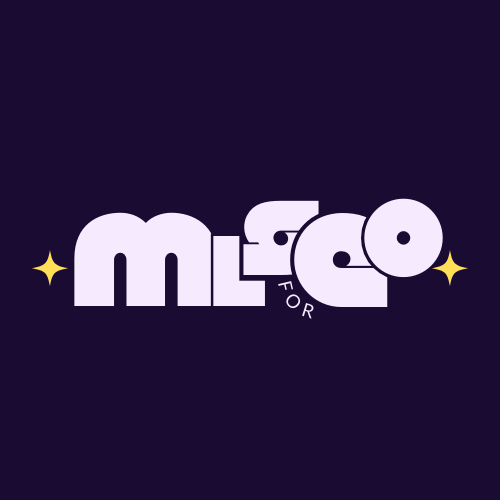Marketing and SEO Implementations of ML Clustering – Lesson Preview
In this lesson, you’ll discover how machine learning clustering can transform marketing and SEO strategies, from customer segmentation to topic modeling and keyword grouping. Building on your understanding of clustering fundamentals, this session maps clustering algorithms to real-world digital marketing and SEO projects, showing exactly where and how each type of algorithm applies.
You’ll explore practical examples like customer segmentation using K-means, topic modeling of content and keywords with BERTopic and LDA, and image clustering for product categorization. The lesson also highlights how clustering supports tasks such as anomaly detection and competitor analysis, helping you uncover hidden patterns and actionable insights from data that would otherwise remain untapped.
By the end, you’ll know which clustering approaches suit your projects best, how to source and prepare relevant data, and which APIs or Python libraries to use to get started.
What you’ll learn (why it matters)
- Map ML clustering to SEO and marketing use cases because it turns abstract data into strategy.
- Apply K-means for customer segmentation because it helps personalize campaigns by audience type.
- Use transformer-based clustering (e.g., BERTopic) because it captures context and meaning in text data.
- Implement topic modeling for SEO content because it uncovers keyword and content gaps.
- Run anomaly detection with DBSCAN because it flags irregularities in traffic or backlinks.
- Experiment with image clustering because it improves categorization and product recommendations.
Key concepts (with mini-definitions)
- Centroid-based clustering — groups data around a central point (centroid) using distance-based similarity.
- K-means algorithm — a popular clustering method requiring a set number of clusters (K).
- Transformer-based clustering — uses models like BERT to understand semantic relationships in text.
- Topic modeling — extracts recurring themes or topics from large text datasets.
- Keyword-to-topic mapping — groups keywords by semantic similarity or shared terms.
- Customer segmentation — categorizes customers by numeric data like purchase history.
- Anomaly detection — identifies outliers or irregular patterns within datasets.
- Image clustering — groups visuals by shared characteristics such as color or style.
Tools mentioned
K-means, BERTopic, LDA, LSA, HuggingFace, KeyBERT, DBSCAN, Gaussian Mixture Models, BigML, SpaCy, Gensim, Google Vision API, Amazon Rekognition, Pandas, Scikit-learn and PyOD.
Practice & readings
- Explore the linked tutorials on customer segmentation, image color extraction, and anomaly detection.
- Practical exercise: Choose one clustering use case (e.g., keyword clustering) and test it using a pre-trained BERTopic model.
- Review the supplementary list of SEO clustering projects provided in the lesson resources.
Key insights & takeaways
- Clustering unlocks hidden structure in data, revealing actionable marketing insights.
- Different data types (numeric, text, image) require tailored clustering methods.
- Algorithms like K-means and BERTopic have distinct strengths (pick based on your dataset).
- Pairing clustering with sentiment or entity analysis adds richer SEO intelligence.
- Start small: one project, one algorithm, then scale as results prove value.
Ready for the next step? Start your learning journey with MLforSEO
Buy the course to unlock the full lesson
Gain hands-on skills to apply clustering in SEO and marketing within hours, not months.
